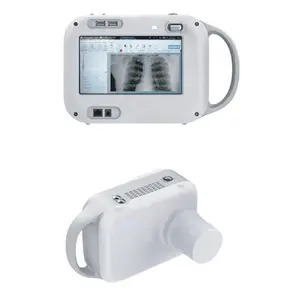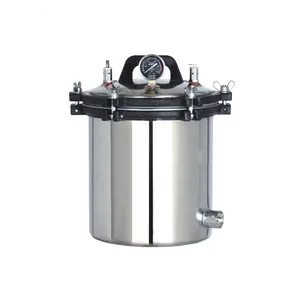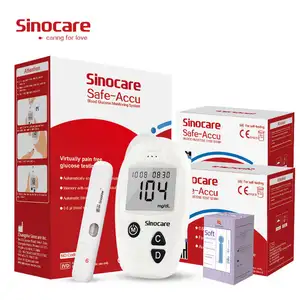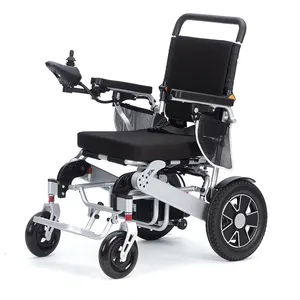Popular in your industry

































































Related Searches:















































































































































Top categories
About 3 channel ecg holter monitor
Introduction to 3 Channel ECG Holter Monitors
The 3 channel ECG holter monitor is a compact medical device designed to track the electrical activity of the heart over an extended period. Typically used for diagnostic purposes, these monitors are crucial for detecting irregular heart rhythms and assessing cardiac functions in various settings.
Types and Features
There are several types of 3 channel holter monitors, each with unique features tailored to specific monitoring needs. These devices vary in terms of data storage capacity, battery life, and the presence of additional functions such as event marking. Common to all is their ability to provide a tri-fold view of the heart's electrical activity, enhancing the accuracy of the analysis.
Applications and Usage
The 3 channels ECG holter system is extensively used in healthcare facilities and by individuals under medical supervision. Its primary application is to monitor patients with suspected arrhythmias or those who have experienced cardiac events. The device is also valuable in assessing the efficacy of cardiac medications and pacemaker function.
Materials and Durability
Durability and comfort are key in the design of a holter 3 channel monitor. Common materials include lightweight plastics and metals, ensuring the device is both durable for long-term use and comfortable for patients to wear continuously.
Advantages of 3 Channel Monitoring
A 3 channel ECG holter monitor offers several advantages. It provides a comprehensive view of the heart's activity over time, which is not possible with standard ECGs. This continuous monitoring is essential for capturing intermittent cardiac events that might otherwise go undetected.
Choosing the Right 3 Channel ECG Holter Monitor
Selecting the appropriate 3 channel ecg holter monitor involves considering the device's features in relation to the patient's specific needs. Factors such as the ease of use, data reporting capabilities, and battery life should be taken into account to ensure effective monitoring.







































